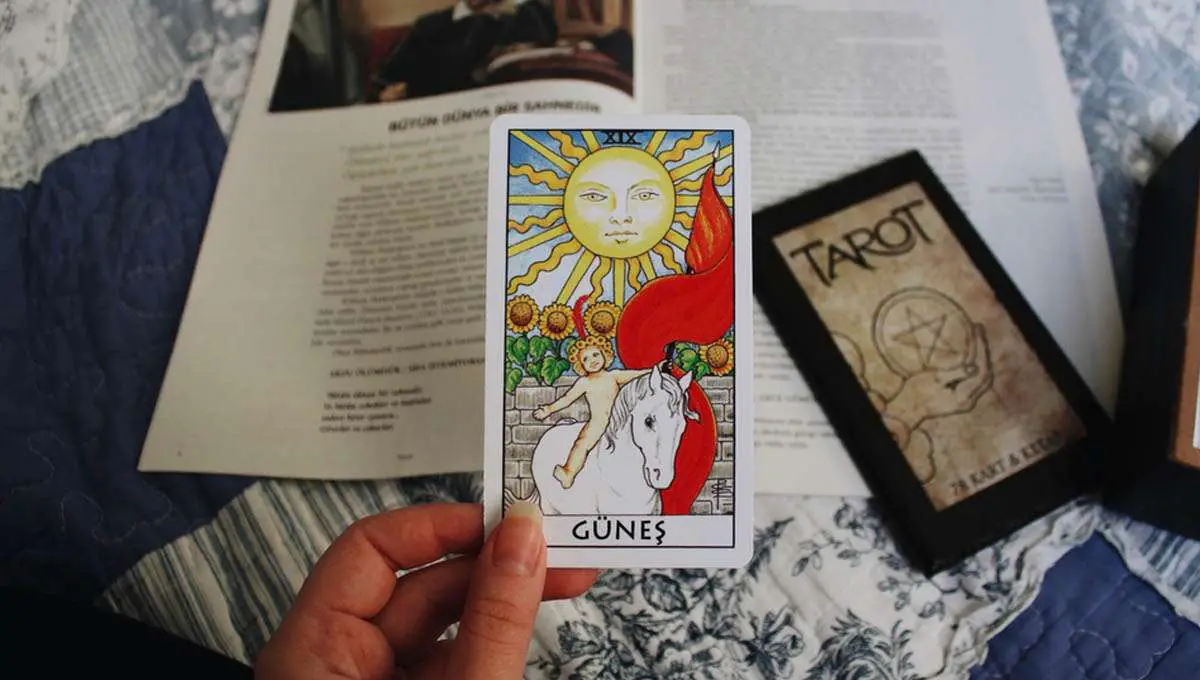
In America a great interest in the old European tarot cards, used as cards to predict the future, is increasing and spreading. Tarot decks are sought after by students, by housewives, by businessmen, by those in the liberal professions, by collectors, and by people from all walks of life. Those who believe in the divinatory power of the cards, use them to interpret the past, understand the present and have revelations about the future.
Today, adults organize “tarot” lunches, esoteric fairs in shopping malls, charity parties, and country tours with the appeal of a tarot card reading. In conferences and symposia the subject of tarot is scientifically discussed. Reproductions of authentic decks can be purchased throughout the country, in stationery stores, bookstores, gift shops, or esoteric stores. Many department stores have sections reserved for tarot cards and related items.
Bookstores offer title looks that promise revelations about the real esoteric meaning of tarot cards. In the main newspapers of the country, there is a Sunday section dedicated to the subject; On the radio there are several programs where inquiries are made and doubts are answered to the listeners live and on television they often comment on the fashion of the tarot in fashion magazines, newscasts and on regional television channels.
Whatever the reason, it is clear that the twenty-two major arcana of the deck of seventy-eight cards are closely related to our daily lives. Some have lent their name to newspapers and magazines like the Hermit (time) to Time magazine; the Wheel of Fortune (fortune) to Fortune magazine; Star, Sun and World (Stars, Sun and World) are known newspapers in the world wide.
Our need for love is reflected in Lovers; astrological curiosity in the horoscopes of the Stars; the influence of the Moon prompts us to follow the space ventures on the lunar surface. We all depend, and some of us adorably, on the Sun, with its warm rays.
We are often dominated, and often caught, in the two great human weaknesses: love (The Lovers) and fortune (The Wheel of Fortune). Moments of indecision keep us in suspense like the Hanged Man, while safety and loss lead us away from the past in the Tower.
Each one of us has in us something of the creative powers of the Magician, a streak of madness from the Fool and a bit of demonic from the Devil. Sometimes we meet a businessman or politician, symbolized by the Emperor, as well as a dynamic and efficient woman, the Empress.
Religious convictions or feelings of friendship make us experience life in the traditionalism of the High Priest or Pope. We live moments of admiration, mixed with a feeling of unease, in front of the wisdom of the Priestess or Popess, very wise and learned, but incapable of emotion and reaction.
Our life is frantic and drags us, like a warrior in the Chariot drawn by two horses, which run in opposite directions, towards failure or triumph, forgetting the cardinal virtues of Temperance, Justice and Strength or Fortitude. Time or Hermit, is our most fleeting good. After a life spent in search of our true World, we are, at last, called to the moment of Judgment.
We discover with bitterness that each day that passes slowly brings us closer to the end of life (Death). This is how the procession of tarot cards unfolds, from the birth and creation of the Magician and the innocence of the Fool, until the last moments introduced by Death.
But what really is this fascinating and mysterious deck of cards, about which so much has been written? The seventy-eight cards are divided into two groups: twenty-two major arcana and fifty-six minor arcana. The major arcana include an unnumbered card, the Fool, and twenty-one other cards, numbered from I to XXI.
Each of the major arcana has a descriptive title and an allegorical figure, which inspires the diviner with a story developed in relation to the sequence of the cards. The allegorical figures, apart from a few touches, have remained unchanged for more than five centuries.



